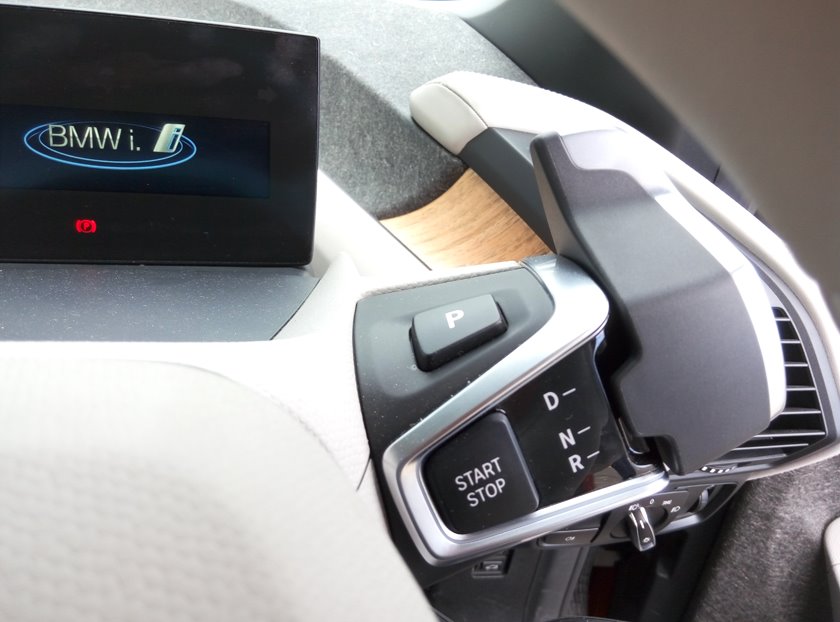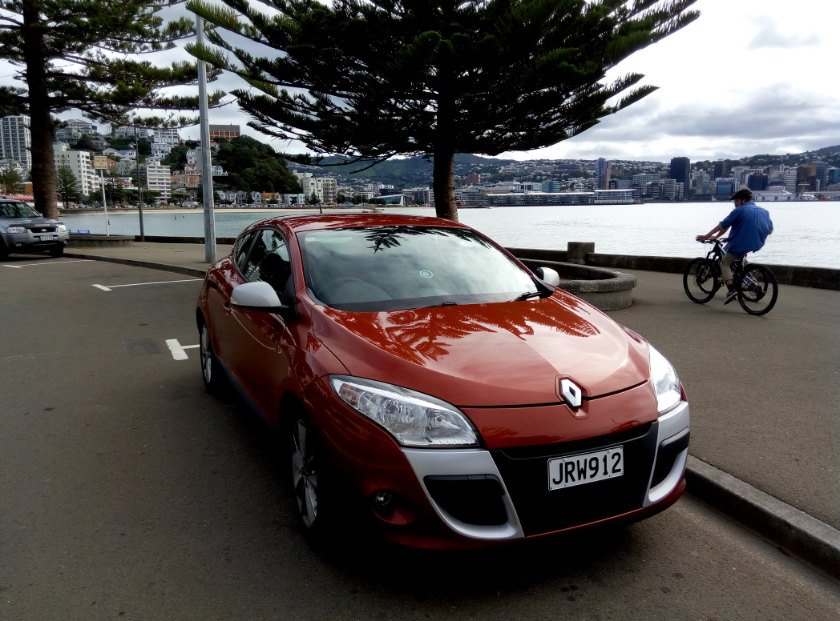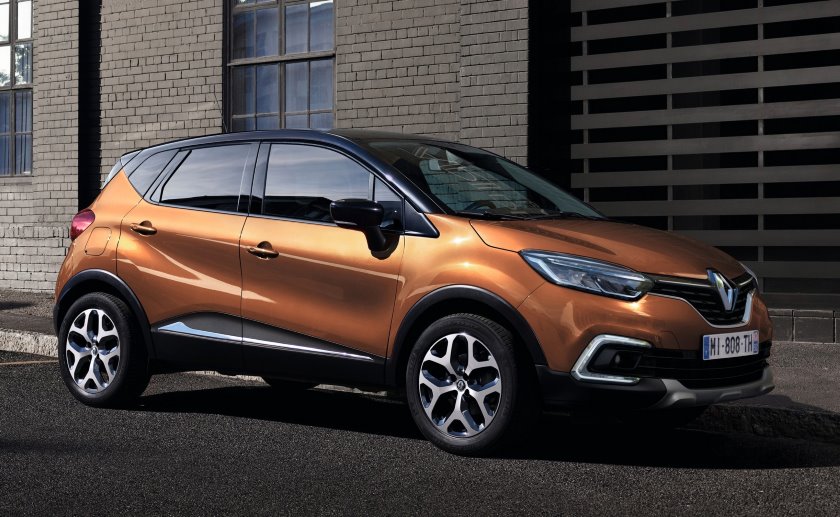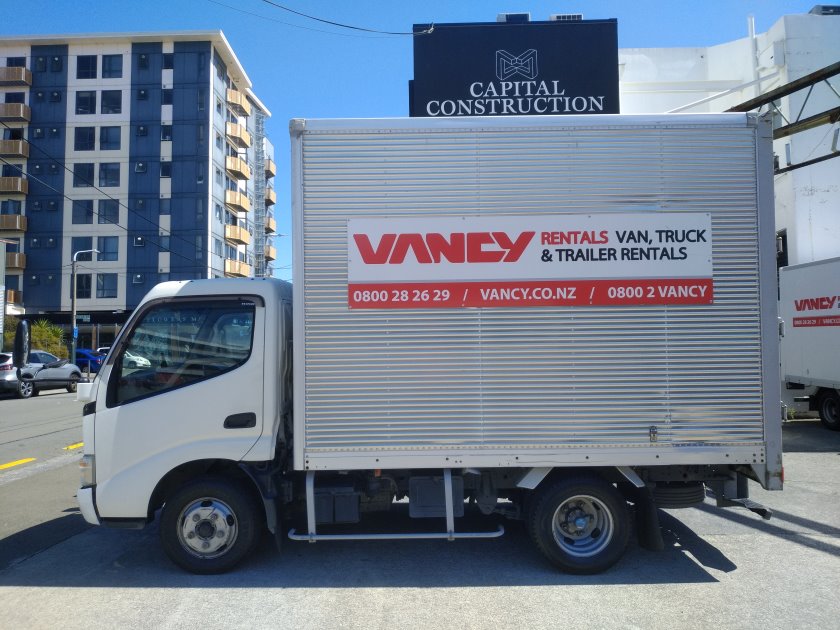
Above: The gear selector in the BMW i3, as tested in Lucire. See here for the full road test.
When I was searching for a car to buy after my previous one was written off in an accident, one no-brainer was that it had to be a manual. It can’t be that hard, right? After all, when I bought my earlier Renault Mégane in 2004, about 70 per cent of the market was manual.
It turns out that in 11 years, things changed a lot in New Zealand. Somewhere along the line we became the United States or Japan, places where you get the impression people are afraid of manual gearboxes. We also changed our laws so that someone who is licensed to drive an automatic is permitted to drive a manual, so unlike the UK, manuals no longer became the default option for someone who wanted the freedom to drive both.
I had the sense that New Zealand had become 80 per cent automatic, based on scanning car sales’ periodicals and websites. A quick scan of Auto Trader NZ last week, where there were 27,925 cars for sale, gave this break-down:
Automatic: 21,380 (76·6%)
CVT: 546 (2·0%)
Manual: 3,036 (10·9%)
Tiptronic: 2,963 (10·6%)
In fact, a traditional manual, one with gears you change with a clutch, comprises considerably less than 20 per cent.
One friend, like me, specifically sought a manual in 2015, and asked me to scan through websites. In the greater Wellington region, cars matching his other criteria on engine size and price numbered a grand total of two, one in Eastbourne and the other in Upper Hutt. He eventually had to go outside his criteria to buy a manual.
I visited one dealership in Lower Hutt where one of the senior salespeople told me that was what the market demanded, so they followed suit, as he tried to sell me an automatic, Turkish-made car. This claim was, based on my own research, bollocks.
Granted, this research was of a sample of my 2,300 Facebook friends, but of those who responded, it appeared to be evenly divided. Some of the comments were along the lines of, ‘I wanted a manual, but I had no choice, so I bought an automatic.’
If I didn’t have a second car (since sold to a friend who also preferred manuals), I could have found myself looking at doing the same—just because I needed wheels in a hurry. Or I could have bought a car that did not meet all my needs, one that was “near enough”. But if you are spending a five-figure sum, and you intend to hold on to the car for the next decade, is this such a wise thing to do? A car is an investment for me, not a fashion item.
That earlier Renault took me four months to find in a market that wasn’t so heavily biased against manuals in the mid-2000s, and this time out, I wound up searching for eight. Most people don’t have that luxury.
The most evident explanation for the overwhelming numbers of automatics is that so many used cars are sourced from Japan, but it’s really not what all people want.
I’ve nothing against the half of the population who prefer automatics, but they are just not my sort of thing. These days, the most advanced automatics are more economical than manuals, but generally, you still get a few more mpg from a car you shift yourself. I enjoy driving, and automatics blunt that enjoyment for me, but I’m sure others don’t mind them as much.
In future blog posts I’ll touch on this subject again, and I’ll be penning a story for Classic Car Weekly in the UK on the whole saga of buying a new car. Who knew that, despite being armed with money, it would be such an uphill task to find someone to give it to?
It also suggests that if someone wishes to specialize in manuals, they would be tapping in to a large, unserved chunk of the New Zealand market.







One thought on “Where did all the manual transmissions go?”